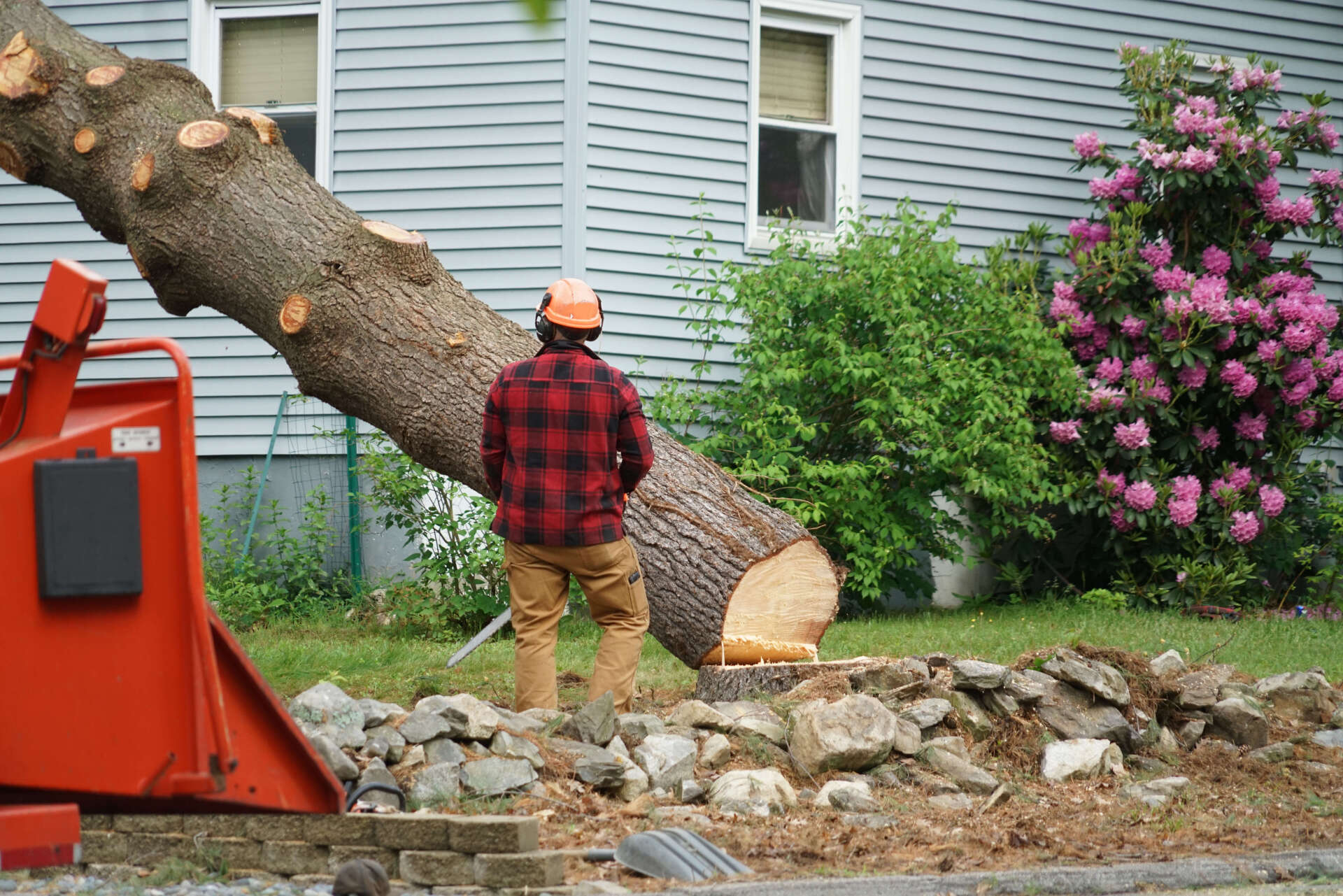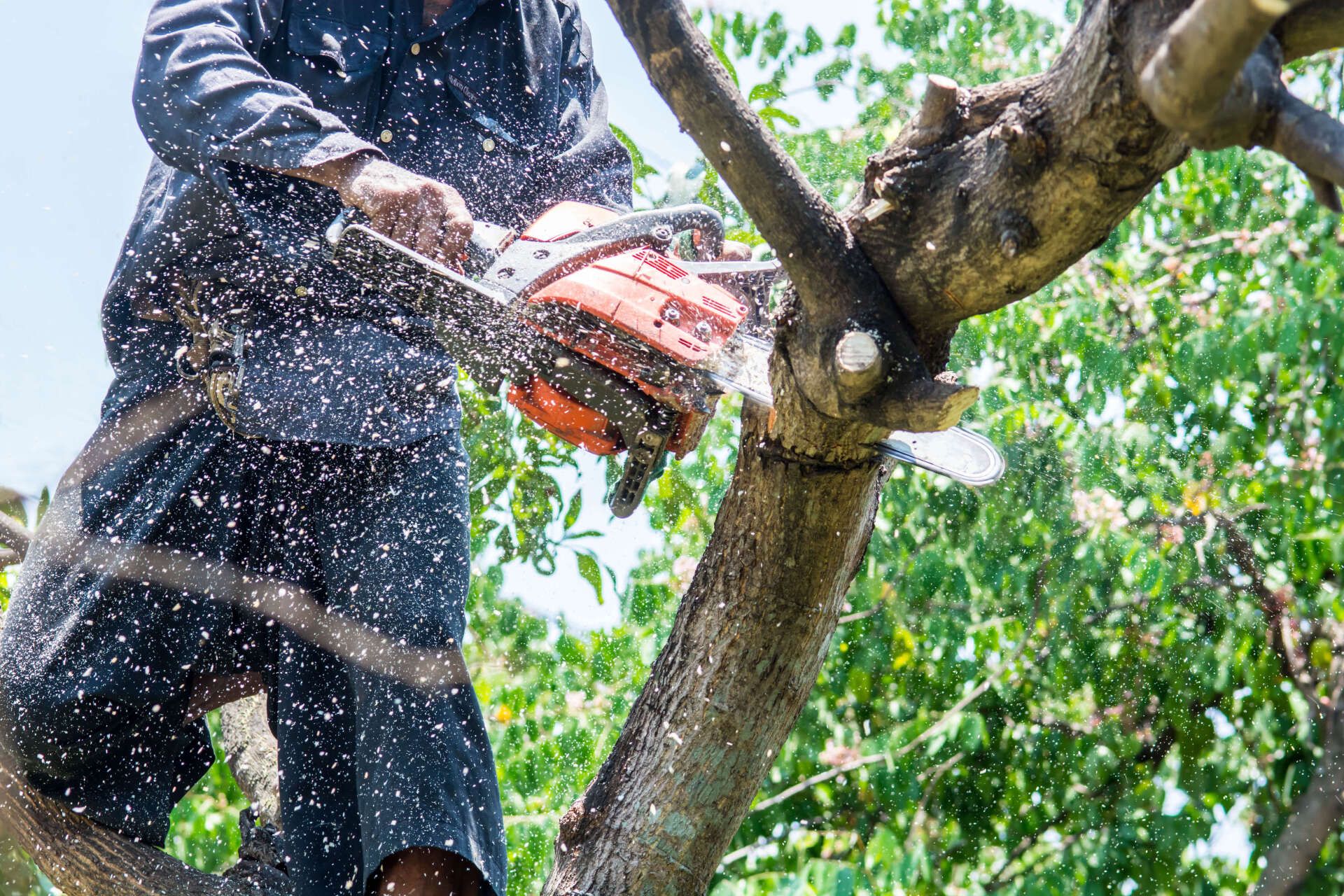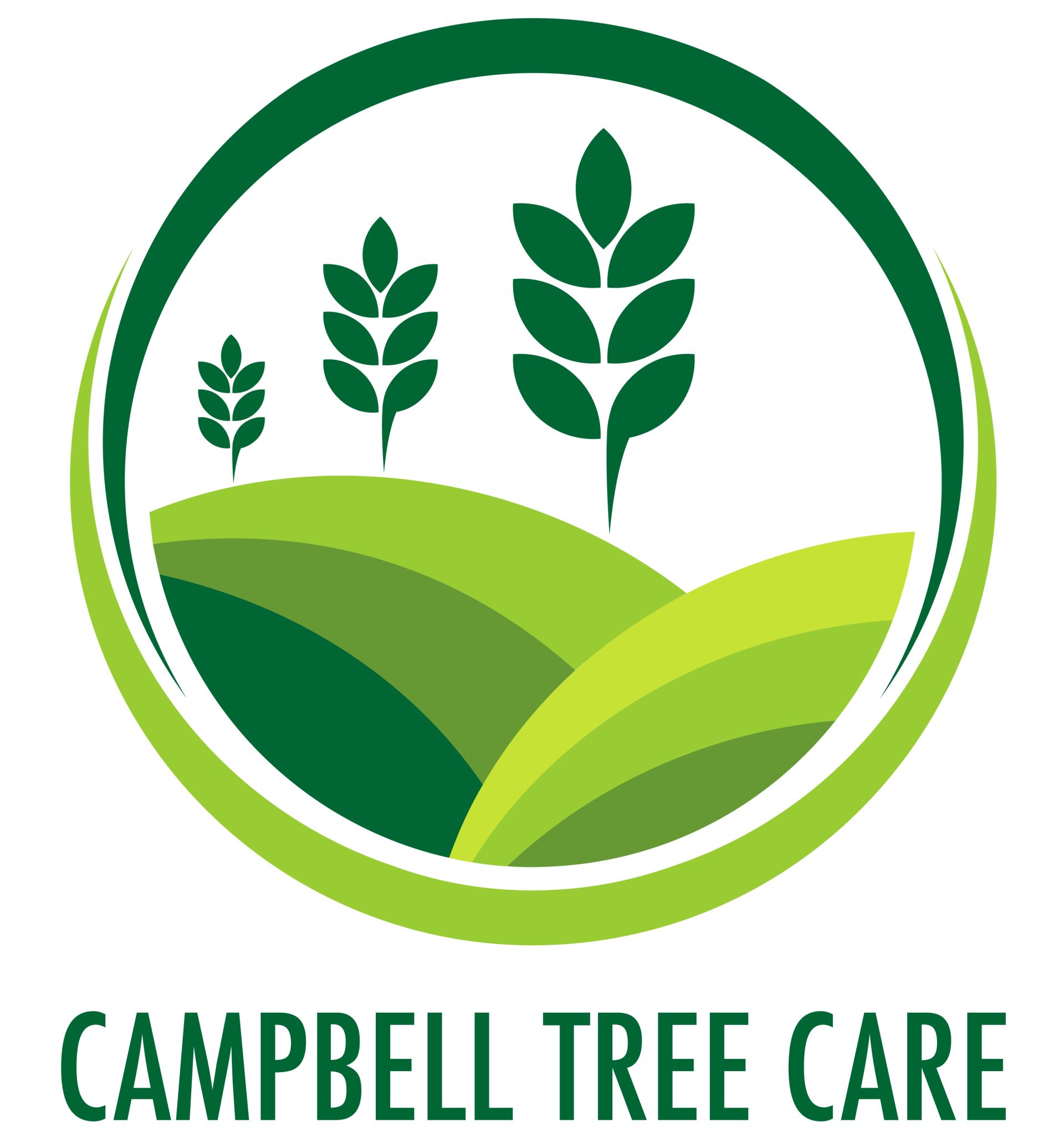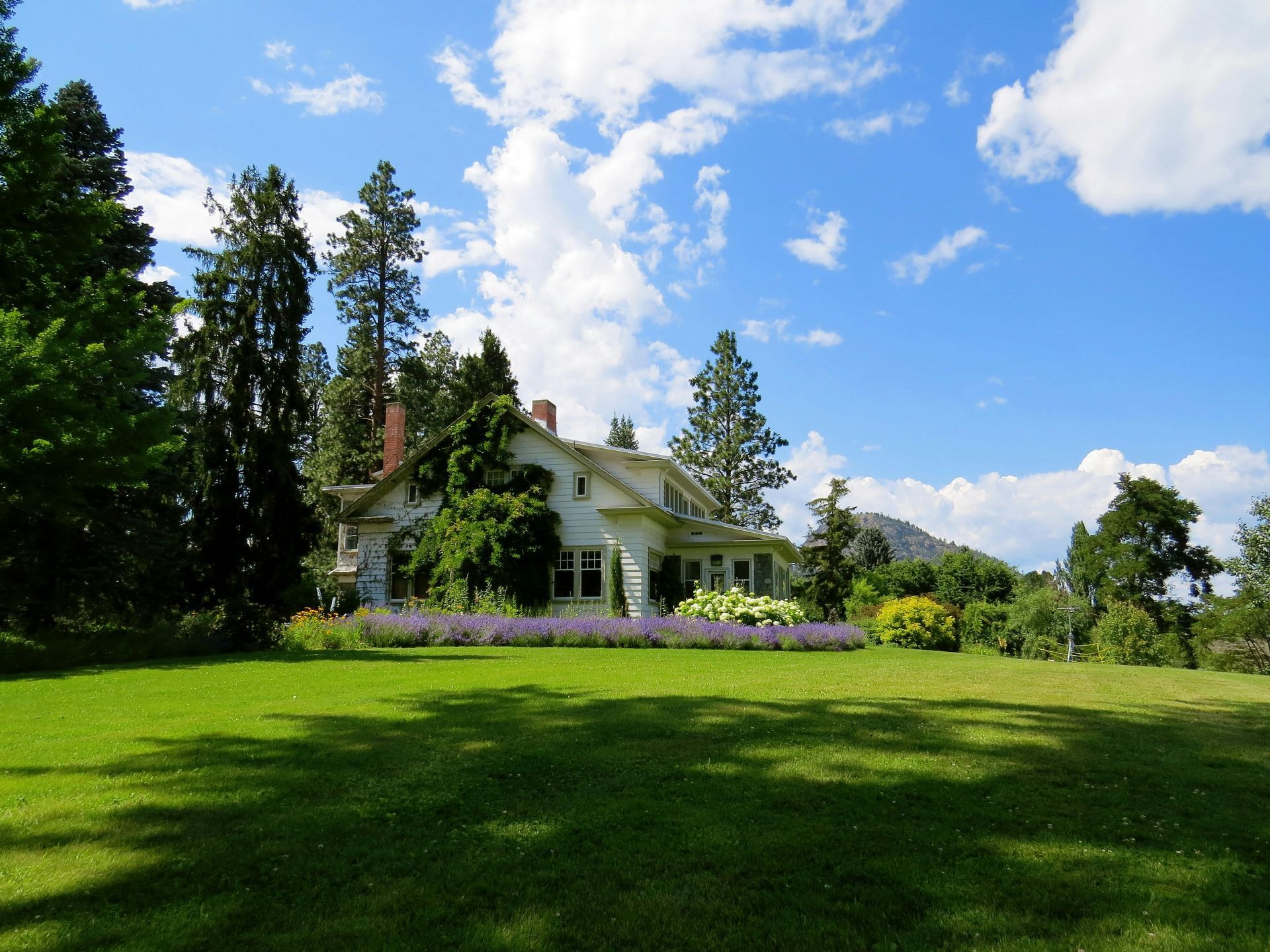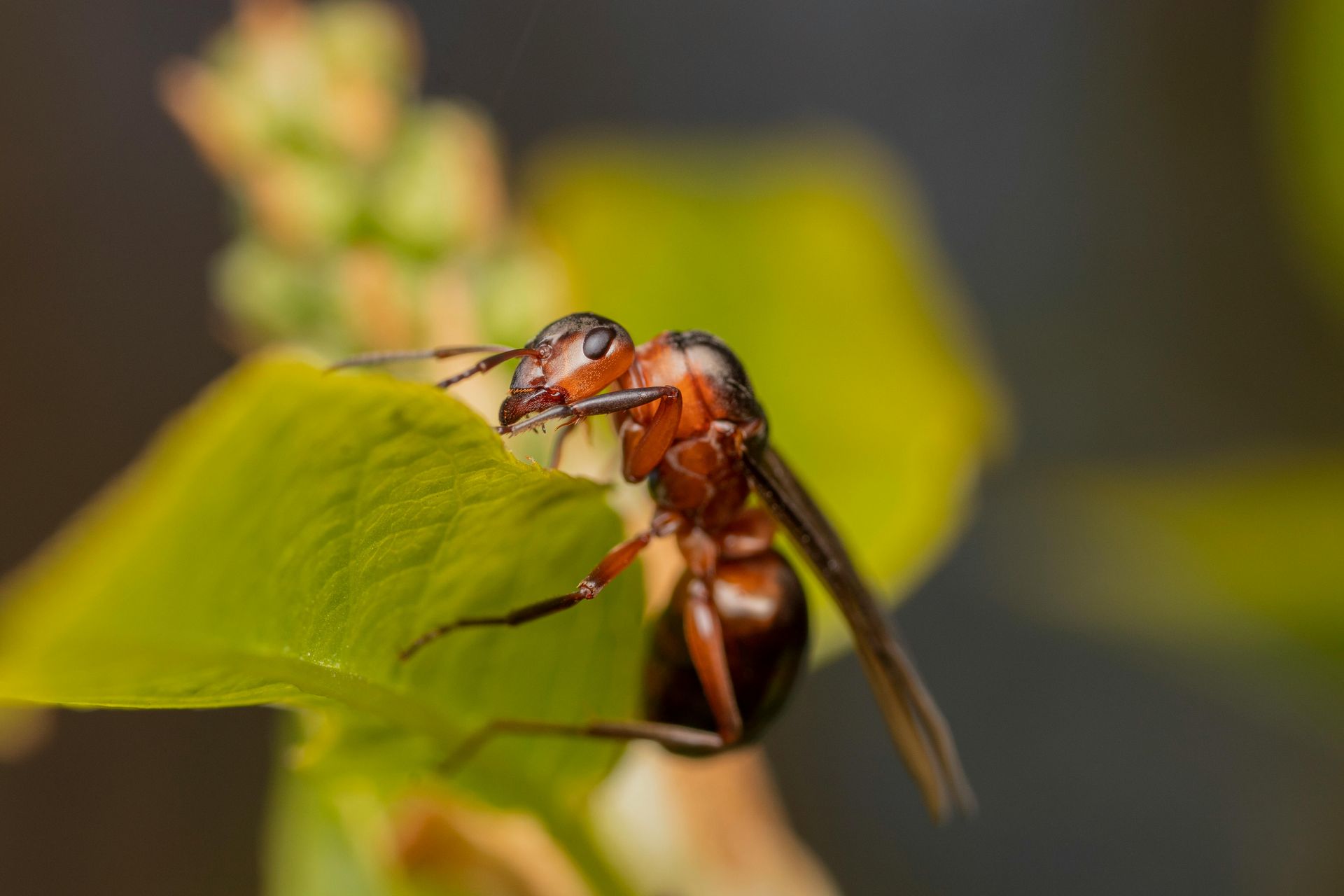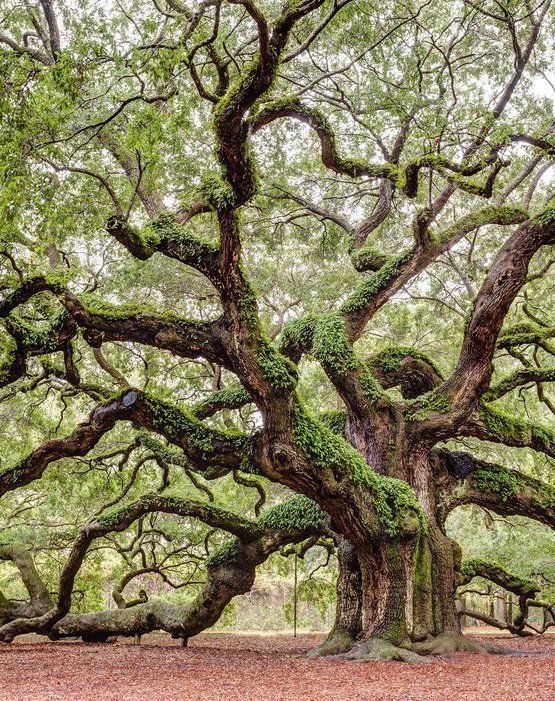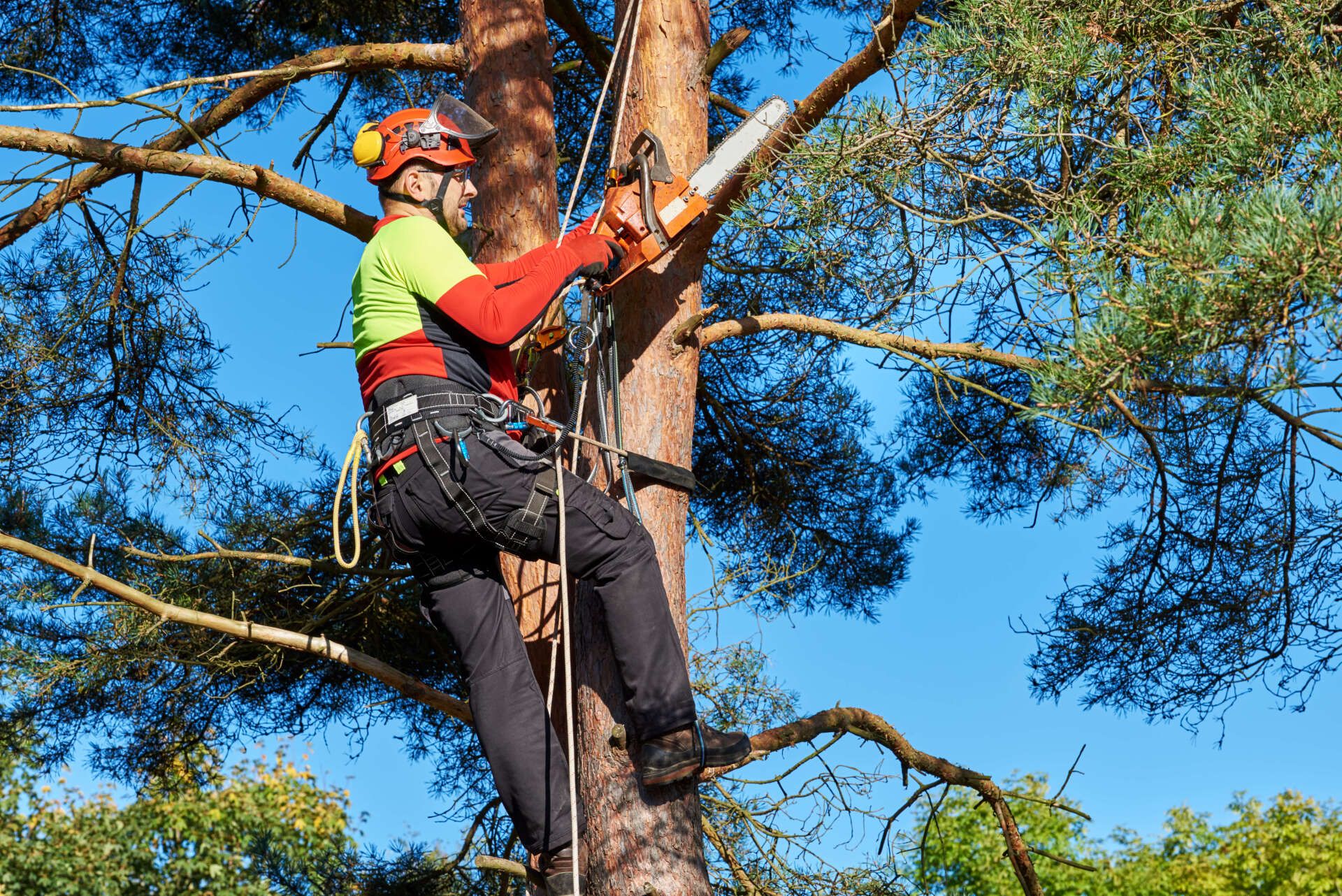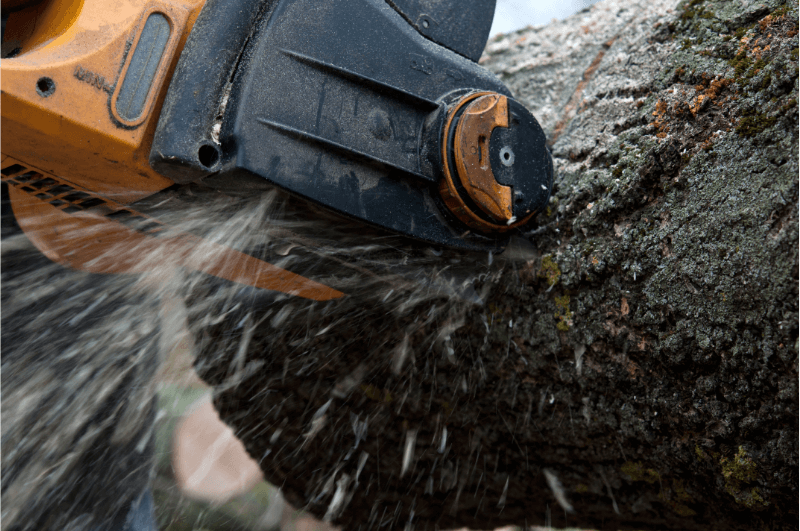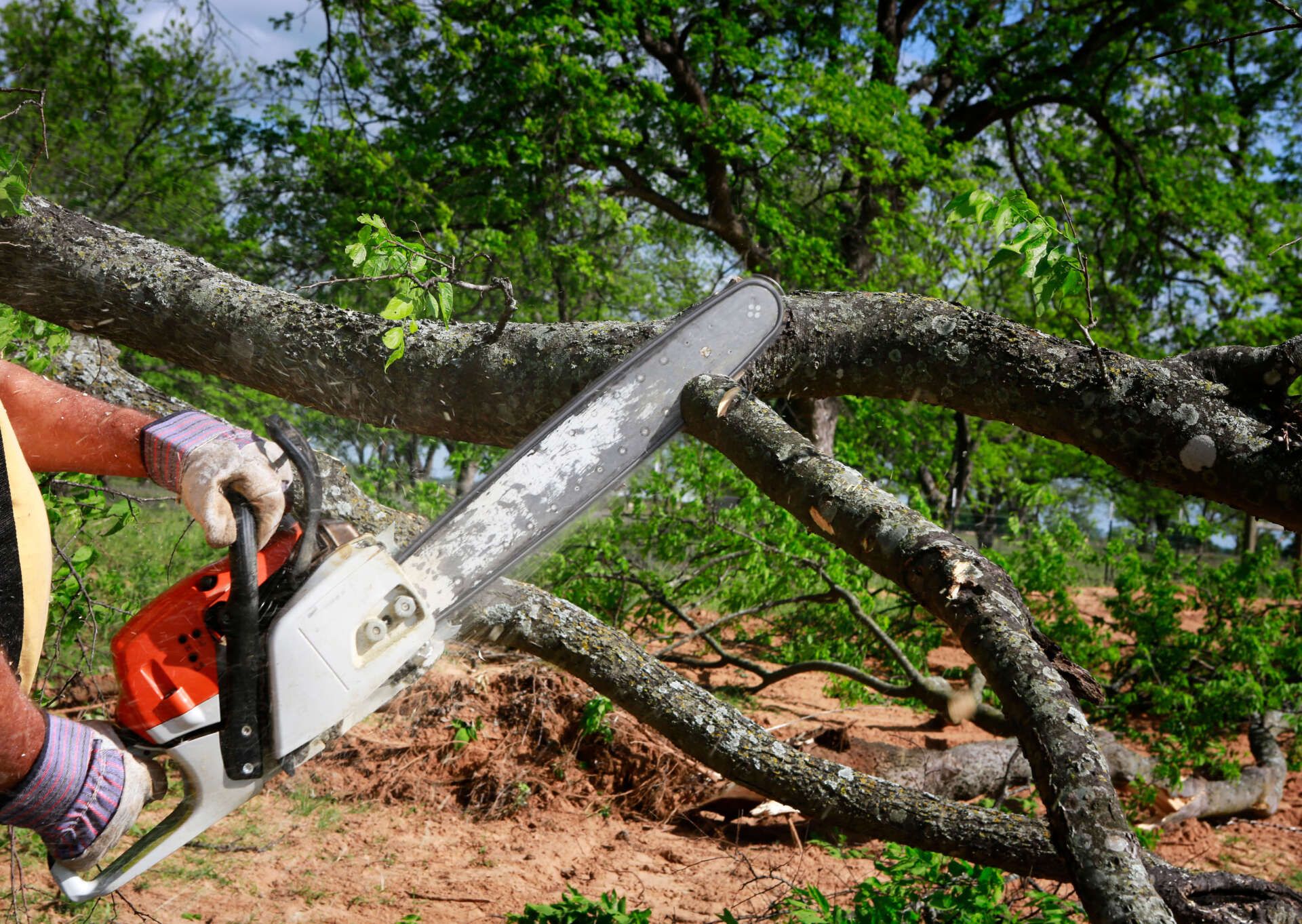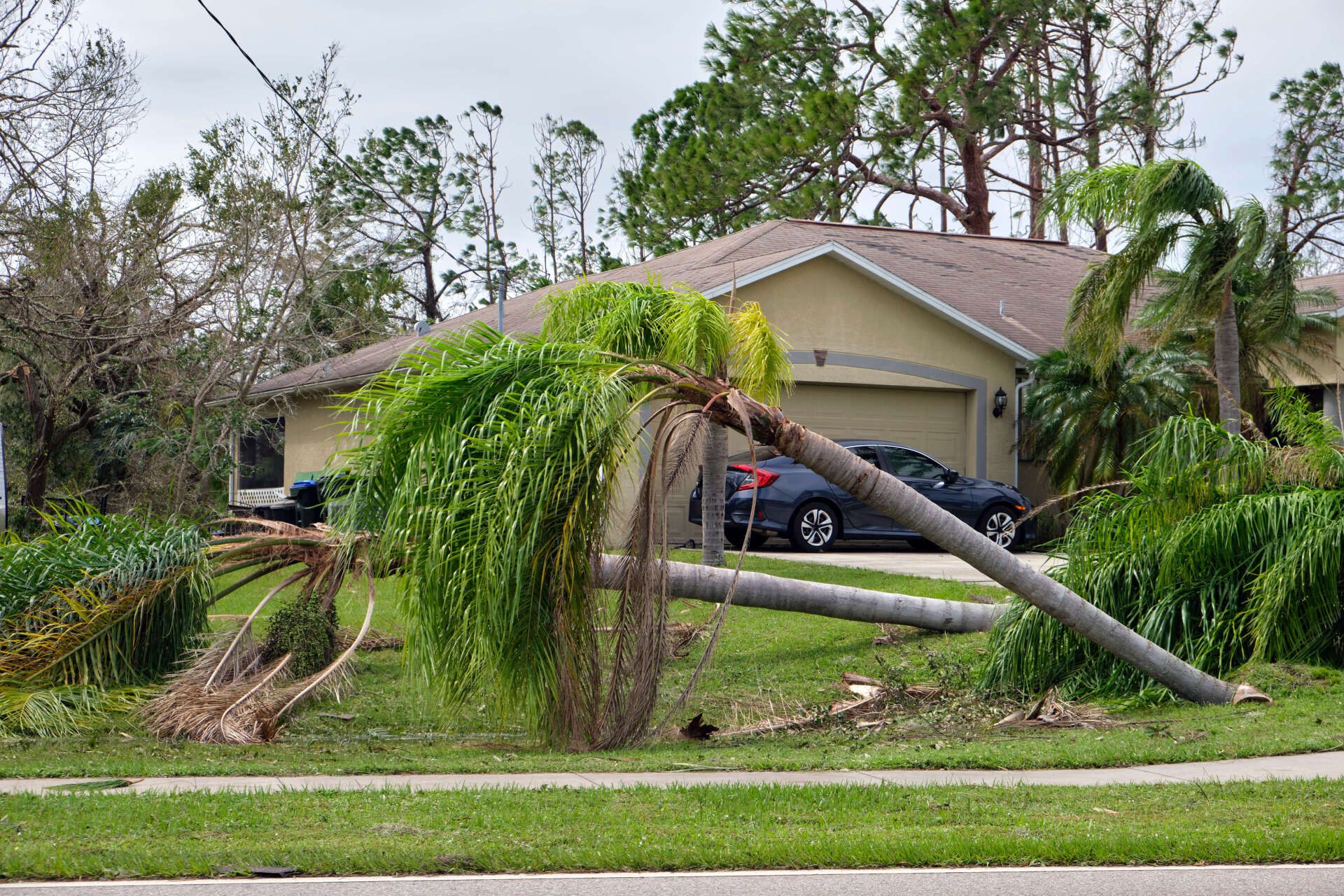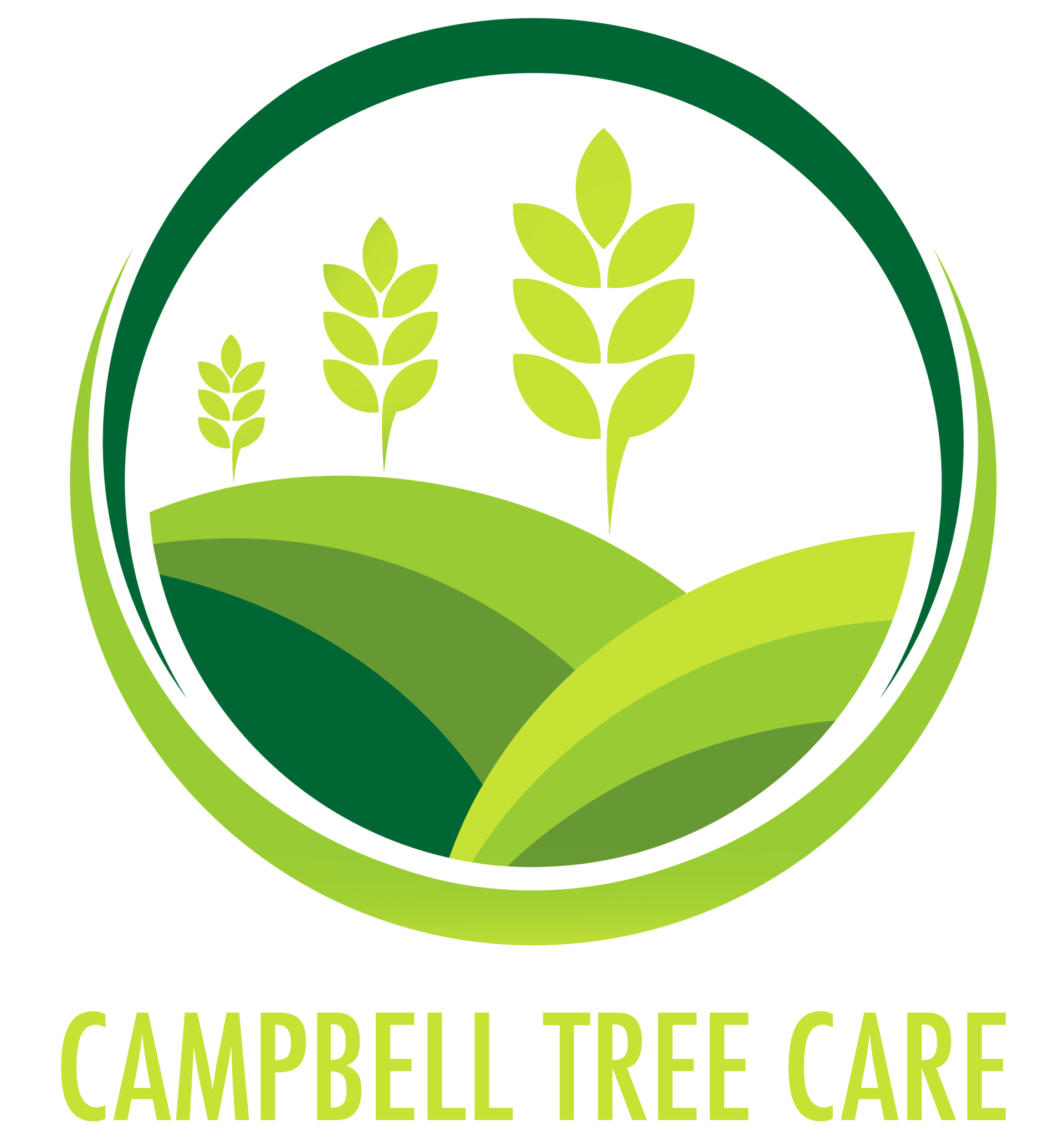How to Rehabilitate a Neglected Tree
Rehabilitating a neglected tree, whether it’s an old apple tree or a long-forgotten pear tree, requires patience, knowledge, and strategic intervention. If you’ve inherited or discovered a fruit tree that's seen better days, don't despair. With the right approach, you can restore its health and productivity. This article will guide you through the essential steps to effectively rehabilitate a neglected tree.

Assessing the Condition of the Tree
Before the rehabilitation process, it’s crucial to assess the overall condition of the tree. This includes evaluating its root system, trunk, branches, and general health. Neglected trees often exhibit signs of excessive vegetative growth, poor fruit production, or damage to their main trunk. Old trees, especially those with overgrown branches or excessive water sprouts, require a careful approach to revitalize them. Examine the root system for signs of disease or rot; a compromised root system can significantly affect the tree’s ability to support new growth. Check if the trunk shows any physical damage or signs of disease, which could be indicative of deeper issues. Assess the branches for structural problems and evaluate the canopy’s overall shape. Now let's delve into what you do to fix the problems you assessed.
Step 1: Prune for Health and Shape
Pruning is one of the most important steps in rehabilitating a neglected tree. The goal is to remove damaged or diseased branches and to encourage new growth. Start by identifying and cutting out dead or diseased wood. Focus on the main trunk, upper portion, and central leader, ensuring that you leave the main limbs and good fruit-bearing branches intact. For old fruit trees, such as apple trees or pear trees, this can involve removing more than one-third of the canopy to allow for better light penetration and air circulation.
- Summer Pruning: This technique helps manage tree height and shape during the growing season, particularly beneficial for dealing with excessive vegetative growth in neglected trees. By removing water sprouts and any competing shoots, you promote better light penetration and airflow, which is crucial for old fruit trees. This practice ensures that the tree’s energy is directed towards productive branches and fruit development rather than excessive, non-fruit-bearing growth.
- Rejuvenation Pruning: Older trees, such as those with extensive overgrowth, benefit from rejuvenation pruning. This involves cutting back the tree more significantly to stimulate new growth. When performing rejuvenation pruning on an old apple tree or pear tree, ensure that you do not remove more than one third of the tree’s height at once to avoid shocking the tree. This method helps manage overgrown canopies and encourages a healthy structure conducive to better fruit production and overall vitality.
- Heading Cuts and Pruning Cuts: Utilize heading cuts to reduce the length of branches and promote the growth of new shoots. Ensure that all pruning cuts are clean and made just outside the branch collar to facilitate proper healing and reduce the risk of disease. When dealing with old trees and excessive vegetative growth, focus on removing water sprouts and competing branches to maintain a balanced canopy and enhance the tree's structure and fruiting potential.
Step 2: Address the Root System
A healthy root system is vital for the overall well-being of the tree. Inspect the root system for any signs of disease, rot, or physical damage. Compromised roots can hinder the tree’s ability to absorb nutrients and water, impacting its overall health. In cases where the root system is severely damaged or poorly developed, you may need to replant the tree or amend the soil to improve root health. Ensure that the tree is planted at the correct depth, with the root collar level with the soil surface. Additionally, check for root binding or circling within the planting hole, as this can restrict growth and nutrient uptake. Proper soil amendments and care will support the development of a robust root system, which is essential for the tree's recovery and long-term health.
Step 3: Fertilization and Watering
After pruning and addressing the root system, fertilization and watering play crucial roles in the rehabilitation process. Use a balanced fertilizer to provide essential nutrients and support new growth. Apply the fertilizer according to the manufacturer's instructions, ensuring that it is evenly distributed around the root zone. Be mindful to avoid over-fertilizing, as this can lead to excessive vegetative growth, which may harm the tree and reduce fruit production. Consistent watering is equally important, especially during dry periods or the dormant season. Watering helps establish new growth and supports the overall health of the tree. Ensure that the soil remains moist but not waterlogged, as proper moisture levels are crucial for the tree's recovery and development. Regularly check the soil moisture and adjust your watering schedule accordingly to maintain an optimal environment for the tree's roots.
Step 4: Give Continuous Care and Maintenance
Rehabilitating a neglected tree is an ongoing process. Regularly inspect the tree for signs of pests, diseases, or further growth issues. Continue to prune as needed, and monitor the tree’s development over time. Be patient—restoring an old tree to its former glory can take several seasons. Regular maintenance pruning, including summer pruning and rejuvenation pruning, helps manage the tree's shape and encourages healthy growth.
Good Light Penetration: Ensure that the tree receives adequate sunlight by maintaining a well-pruned canopy. Good light penetration is essential for fruit production and overall tree health. Thin out dense areas of the canopy to allow sunlight to reach the inner branches and the lower limbs. This practice not only improves the quality and quantity of fruit but also reduces the risk of fungal diseases by promoting better air circulation.
Monitoring Growth: Keep an eye on the growth patterns of the tree. New shoots should be well-distributed, and the tree should start to show signs of improved vigor and productivity. Pay attention to the development of the central leader and the balance between the main limbs and smaller branches. Regularly check for water sprouts and remove them promptly to direct the tree's energy toward fruit-bearing branches. Observe the fruit quality and make necessary adjustments to your fertilization and watering routines to ensure the production of good fruit.
Conclusion
Rehabilitating a neglected tree, whether it’s an old apple tree or an overgrown pear tree, is a rewarding endeavor that requires dedication and expertise. By following the steps outlined—assessing the tree’s condition, implementing strategic pruning, caring for the root system, and providing appropriate fertilization and watering—you can breathe new life into an old tree. Patience and consistent care are essential to transforming a neglected tree into a thriving, productive part of your garden or orchard. For those who may find this process daunting or lack the necessary time and expertise, professional assistance can be invaluable.
Campbell Tree Care specializes in the rehabilitation of neglected and overgrown trees, offering tailored services that address excessive vegetative growth, proper pruning cuts, and the overall health of the tree’s root system. Their experts ensure good light penetration and optimal tree height management through precise rejuvenation pruning and summer pruning techniques. With their knowledge in handling old fruit trees, including apple and pear trees, Campbell Tree Care guarantees that your trees will receive the best care possible. Their ongoing maintenance services, including regular inspections and growth monitoring, can prevent issues and ensure your trees remain healthy and productive year after year. Investing in Campbell Tree Care’s expertise not only restores the health of your trees but also enhances the beauty and productivity of your landscape.
About Campbell Tree Care
Campbell Tree Care is a trusted provider of comprehensive tree services. With a team of dedicated experts and years of industry experience, we are committed to delivering top-notch tree care solutions to our valued clients. Our services encompass a wide range of tree care needs, including tree pruning, hedge trimming, mulching, stump grinding, and removal.
Whether you require assistance with residential or commercial tree work, our expertise extends to both sectors. At Campbell Tree Care, we prioritize the aesthetic appeal and health of your trees. Our specialists are adept at managing excessive vegetative growth, performing precise pruning cuts, and ensuring good light penetration. From rejuvenation pruning to maintaining tree height and the health of the root system, Campbell Tree Care ensures your trees receive the best possible care, resulting in beautiful, thriving landscapes.
